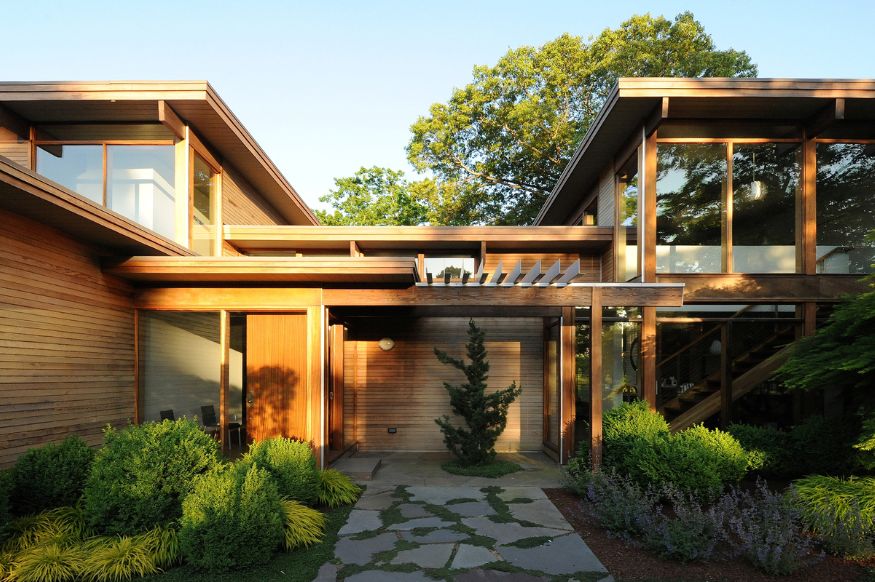
Introduction to Prefabricated Houses
Prefabricated houses, often referred to as prefab homes, are dwellings that are manufactured off-site in advance and then transported to the final location for assembly. This method of construction differs from traditional on-site building, offering numerous advantages in terms of cost, time, and sustainability.
The Evolution of Prefabricated Houses
The concept of prefabricated houses dates back to the early 20th century, where mass production techniques were first applied to housing construction. However, it is in recent years that prefab homes have gained significant traction due to advancements in technology, design, and environmental awareness.
Benefits of Prefabricated Houses
Prefabricated houses offer several benefits over traditional construction methods. These include faster construction times, reduced waste generation, improved energy efficiency, and cost-effectiveness. Additionally, prefab homes can be customized to meet the specific needs and preferences of homeowners, providing a versatile and sustainable housing solution.
Sustainability and Eco-Friendly Features
One of the key advantages of prefabricated houses is their focus on sustainability. Many prefab homes are designed with eco-friendly features such as solar panels, energy-efficient appliances, and recycled materials. By reducing energy consumption and minimizing environmental impact, prefab houses contribute to a greener and more sustainable future.
The Popularity of Prefabricated Houses in the Modern Era
In recent years, prefabricated houses have experienced a surge in popularity as more people recognize the benefits of this innovative housing solution. The convenience, affordability, and sustainability of prefab homes appeal to a wide range of homeowners, from young professionals to eco-conscious families.
Challenges and Misconceptions Surrounding Prefabricated Houses
Despite their many advantages, prefabricated houses still face challenges and misconceptions in the housing market. Some critics argue that prefab homes lack durability or aesthetic appeal compared to traditional houses. However, advancements in design and construction techniques have addressed many of these concerns, making prefab homes a viable and attractive option for modern living.
Future Trends in Prefabricated Housing
The future of prefabricated housing looks promising, with ongoing innovations in design, technology, and sustainability. As the demand for affordable and eco-friendly housing continues to grow, prefab homes are likely to play a significant role in meeting these needs. From modular designs to smart home integration, the possibilities for prefabricated houses are endless.
Sources:
https://www.archdaily.com/935614/the-rise-of-prefabricated-housinghttps://www.builderonline.com/design/consumer-trends/the-rise-of-prefabricated-homes_ohttps://www.thespruce.com/prefab-homes-5072597